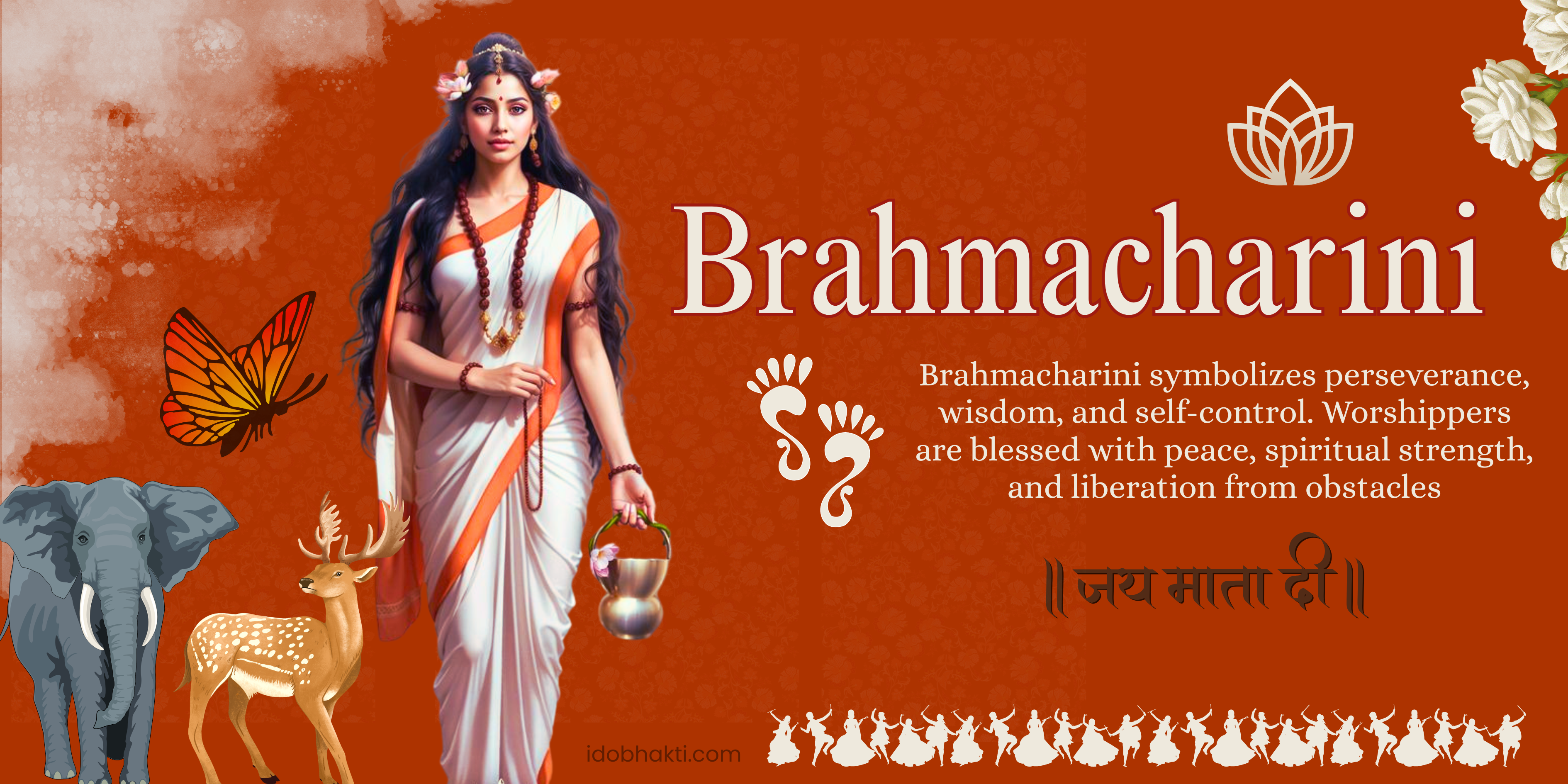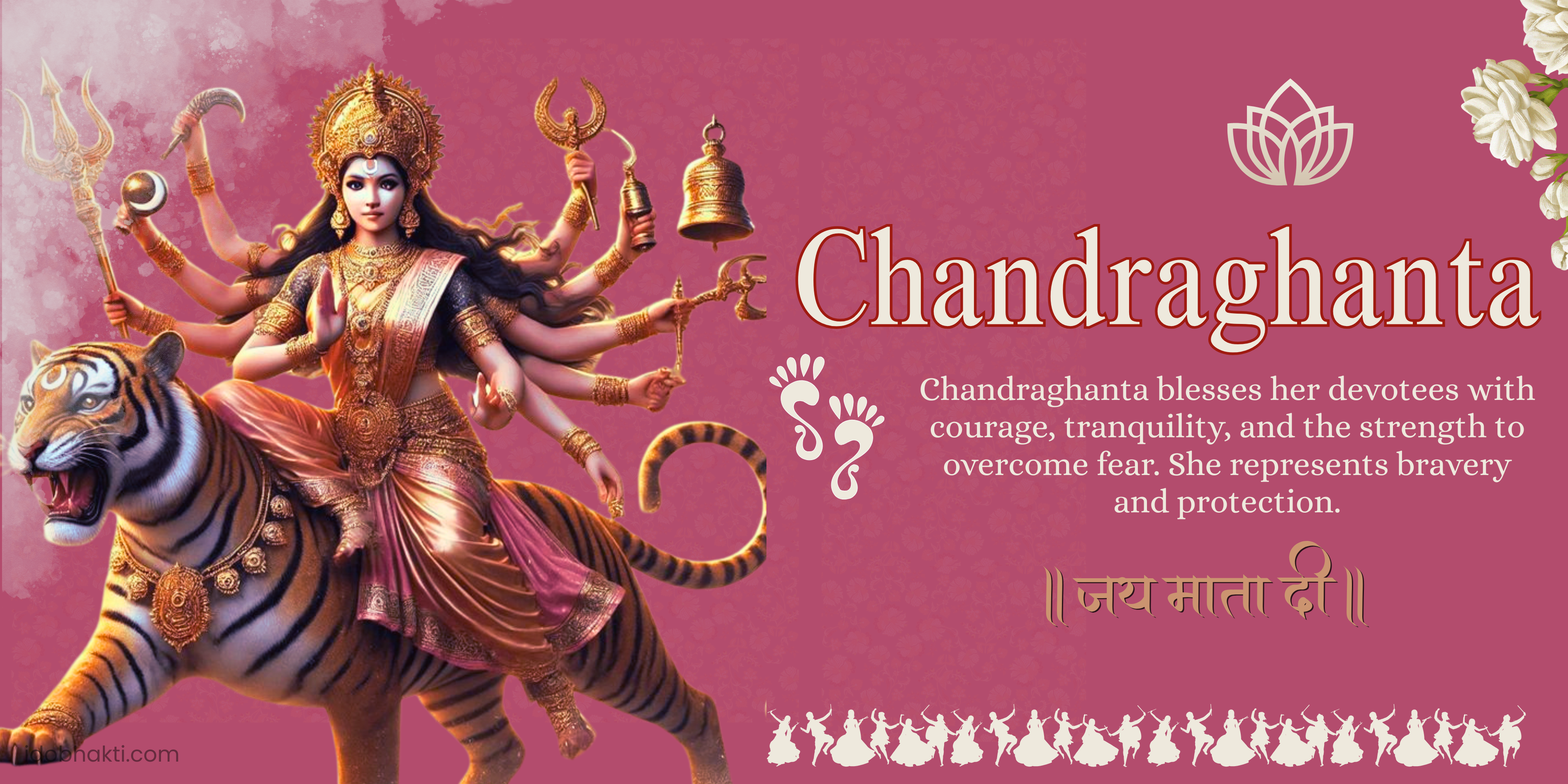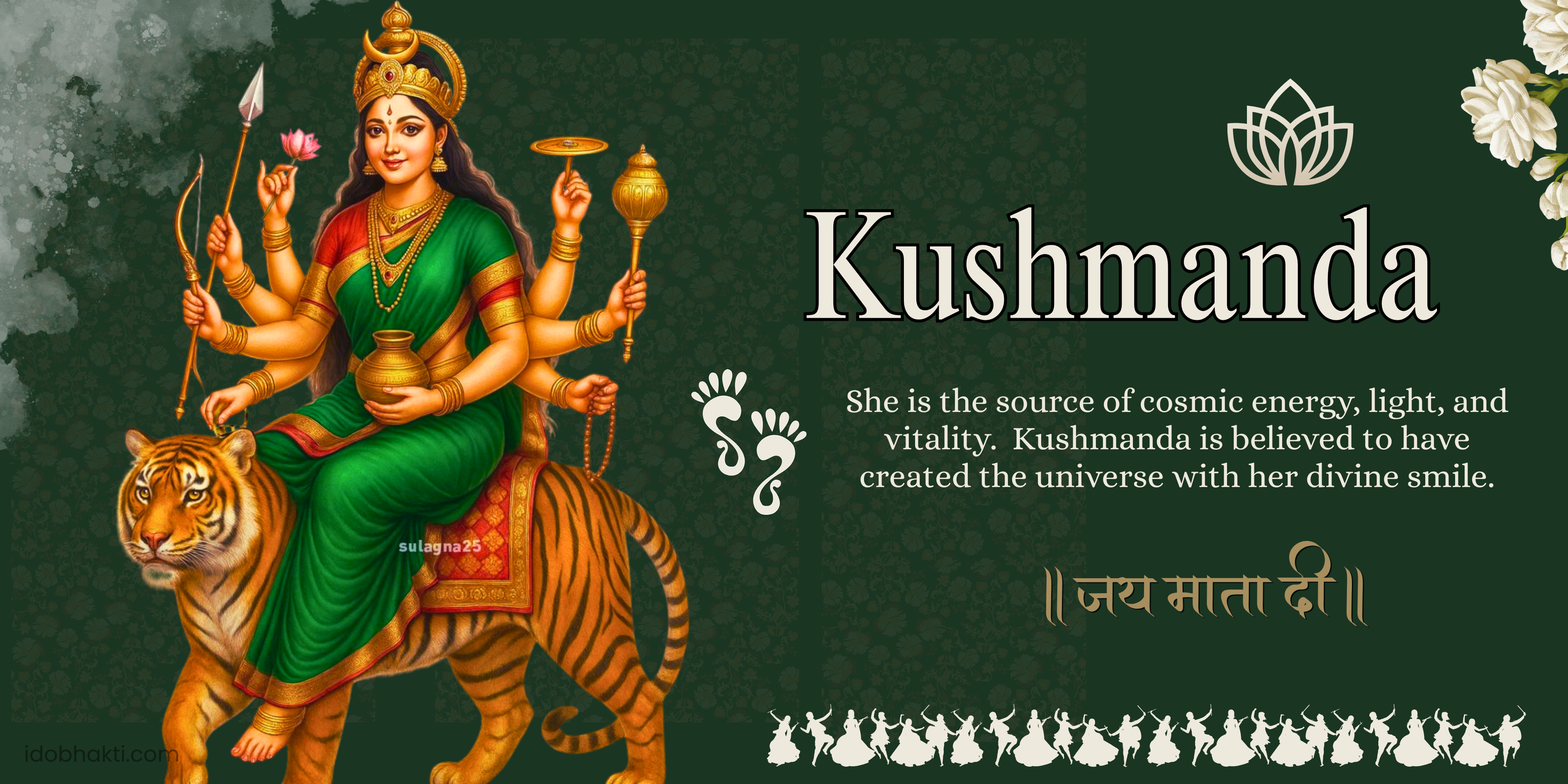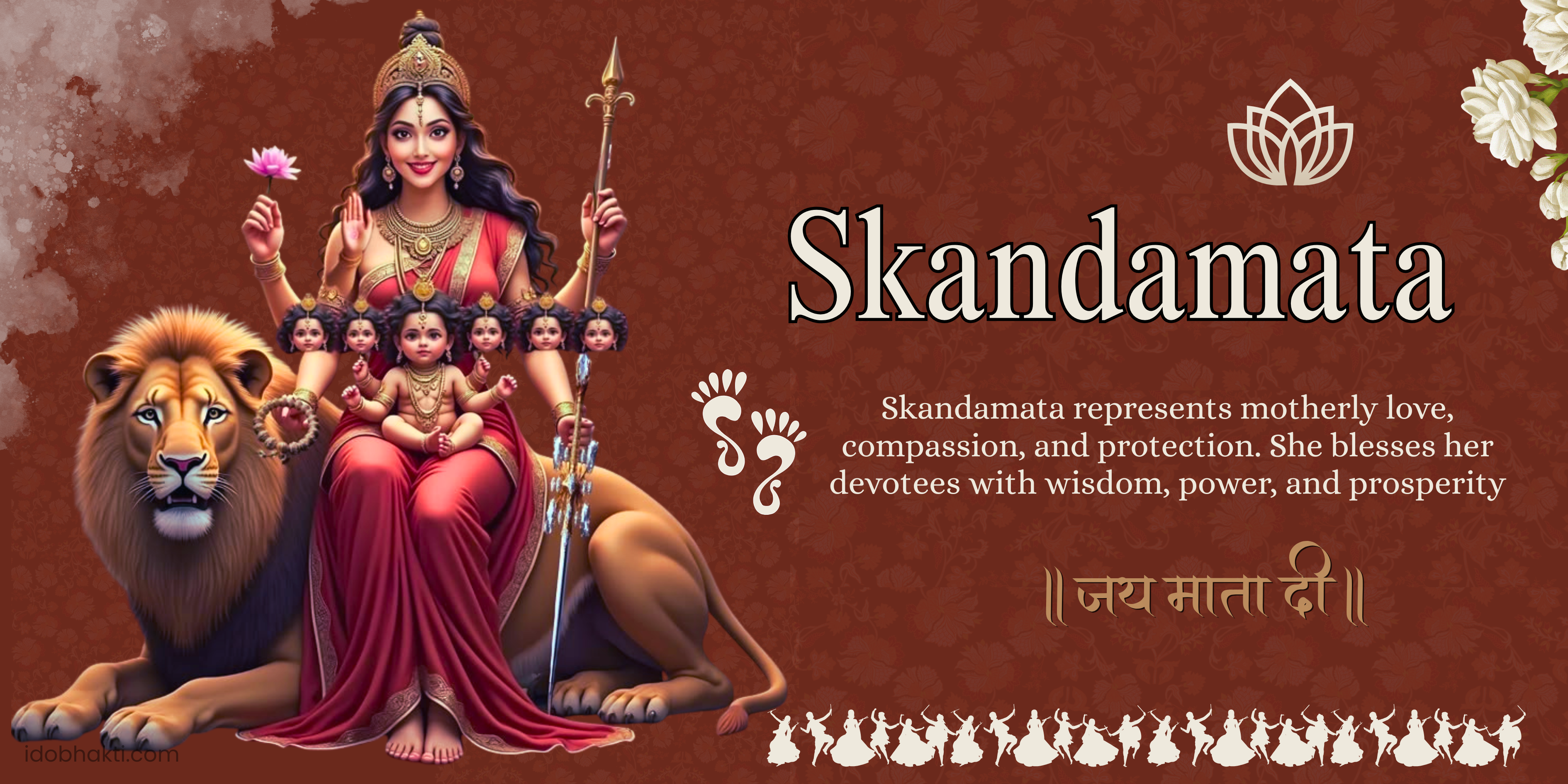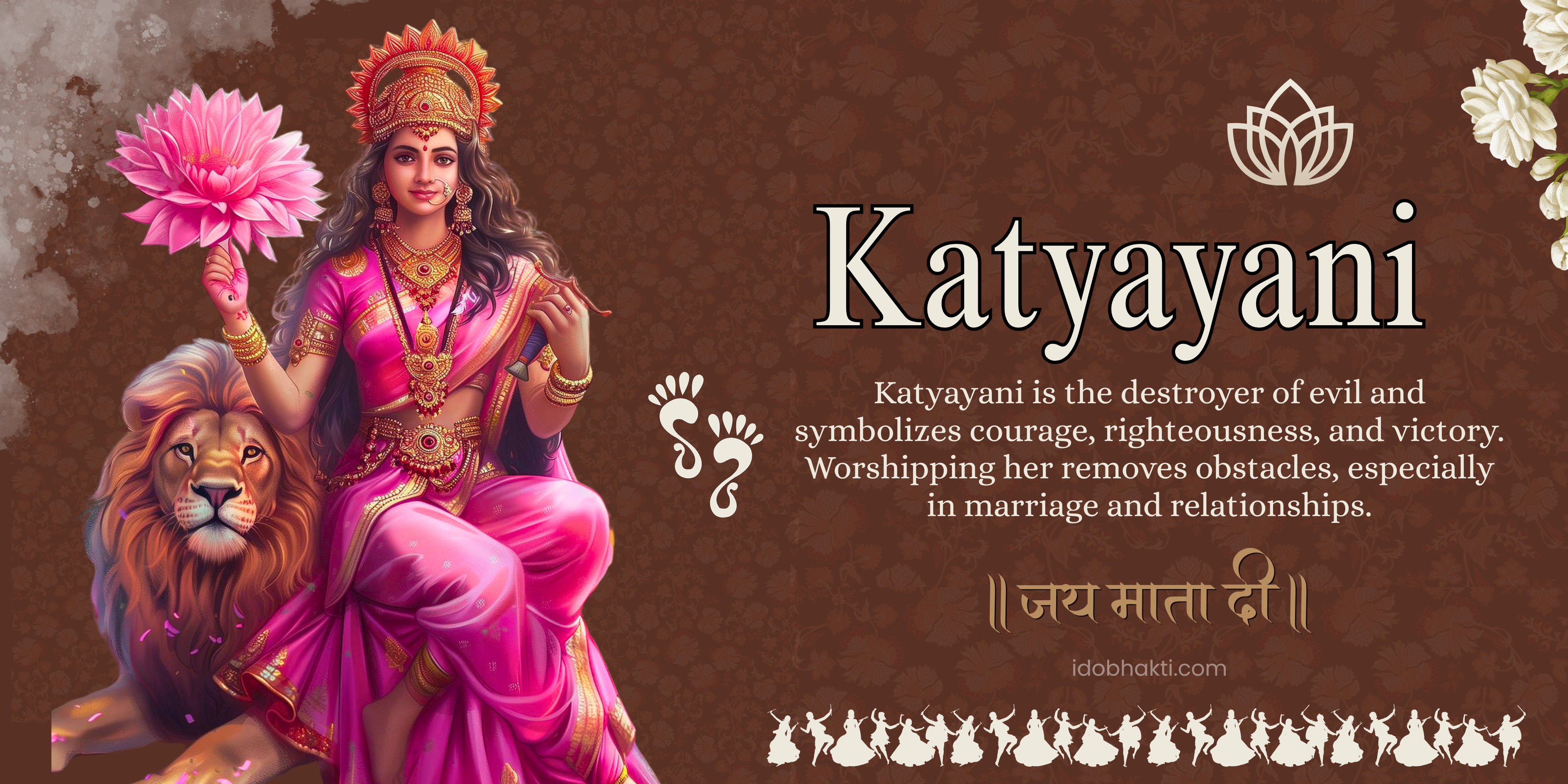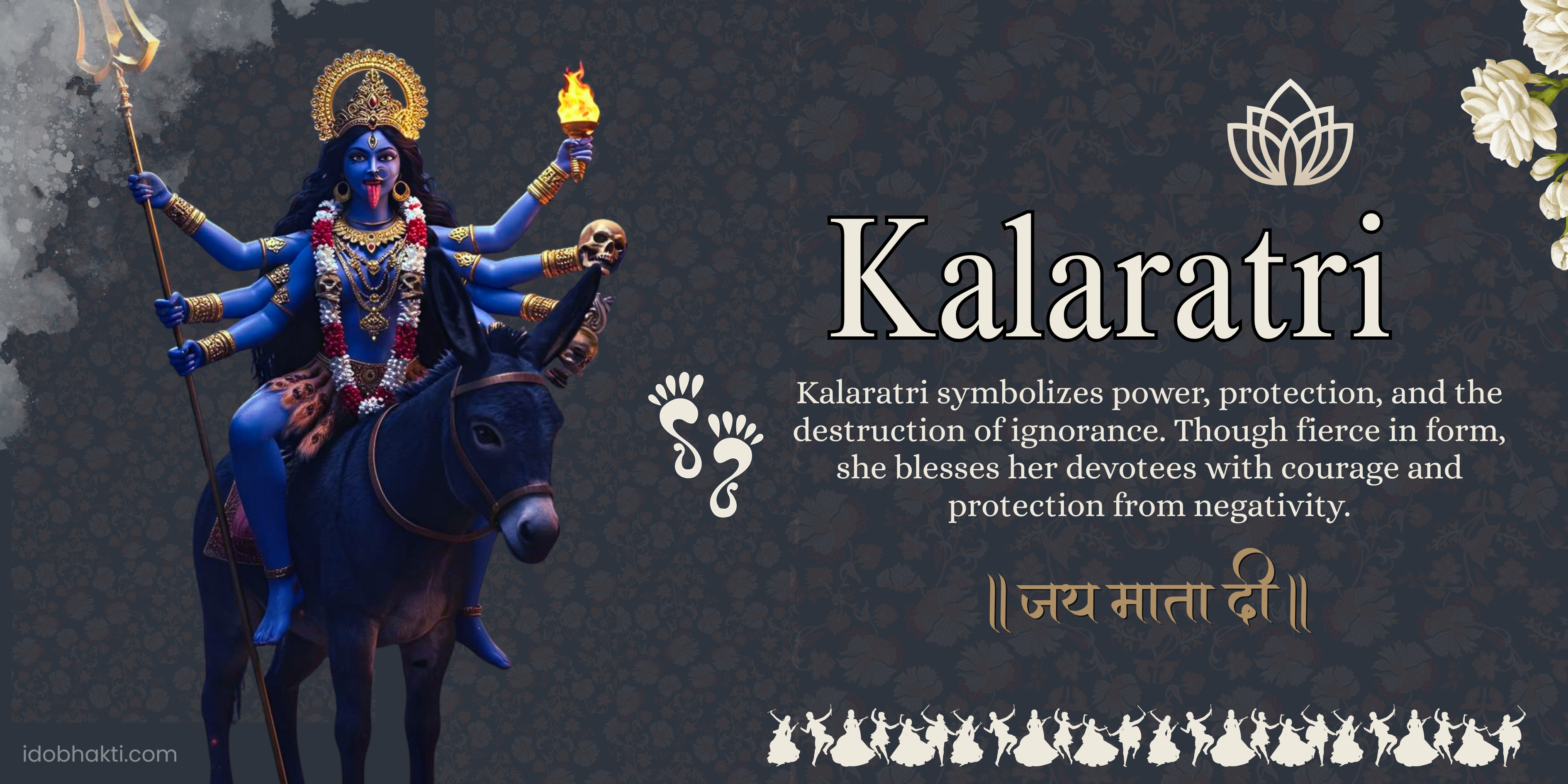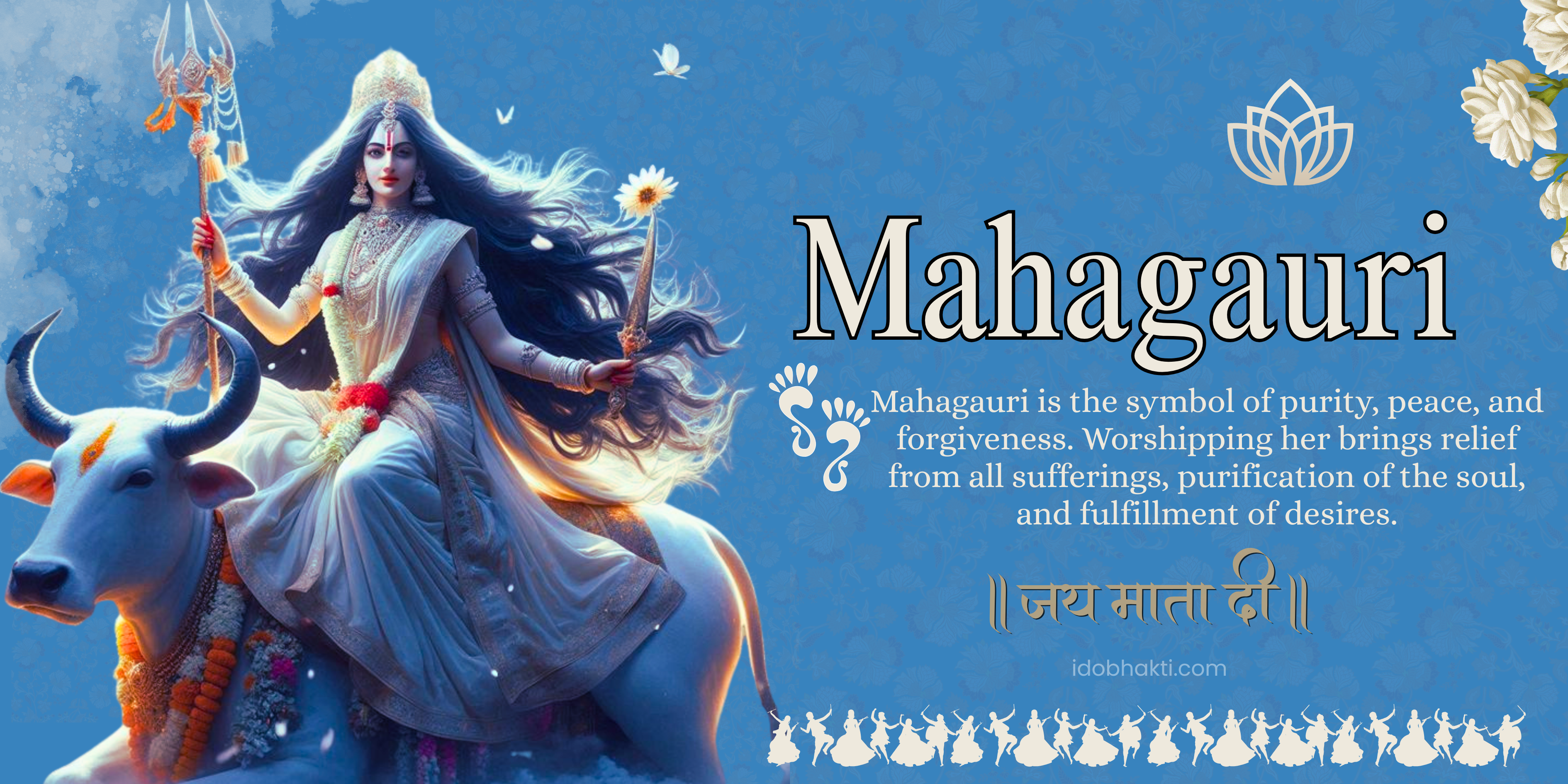
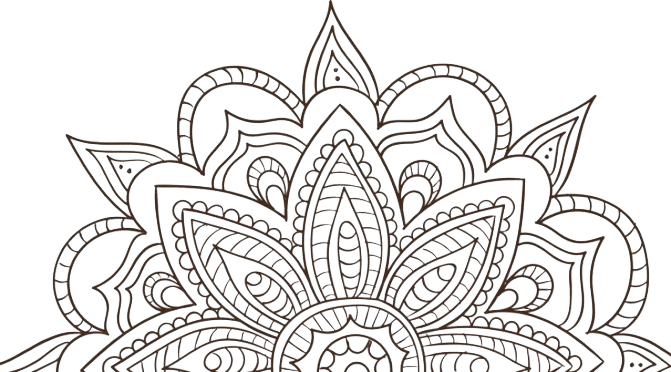

Navratri 9 Days Devi Names – Complete Guide to Worship the Nine Forms of Maa Durga
Discover the nine powerful forms of Maa Durga worshipped during Navratri. Learn the names, significance, and blessings of each Devi from Shailaputri to Siddhidatri, celebrated across nine sacred days of devotion.

Introduction
Navratri, meaning “nine nights,” is one of the most sacred and celebrated Hindu festivals dedicated to the Divine Mother, Maa Durga. For nine days and nights, devotees worship nine different forms of Goddess Durga, each with her unique attributes, symbolism, and blessings. These nine forms are collectively known as Navadurga.
The festival represents the victory of good over evil, light over darkness, and devotion over ego. It also symbolizes the spiritual journey of a devotee from ignorance to ultimate wisdom. Each day of Navratri has a special significance, mantra, color, and ritual connected with a particular manifestation of the Goddess.
In this blog, we will explore in detail the nine forms of Goddess Durga worshipped during Navratri, their names, attributes, significance, and how devotees honor them.
The Nine Forms of Maa Durga Worshipped in Navratri
1. Shailaputri (Daughter of the Mountains)
-
Day 1 of Navratri
-
Name Meaning: “Shaila” means mountain, and “Putri” means daughter. Shailaputri is the daughter of King Himavan, the king of the Himalayas.
-
Depiction: She rides a bull (Nandi) and carries a trident (Trishul) in her right hand and a lotus in her left hand.
-
Significance: Shailaputri represents purity and devotion. She is considered the embodiment of Mother Nature and the provider of strength and stability. Worshipping her removes negativity and helps devotees start their spiritual journey with determination.
-
Color of the Day: Yellow – symbolizing joy, optimism, and positive energy.
-
Mantra: “Om Devi Shailaputryai Namah”
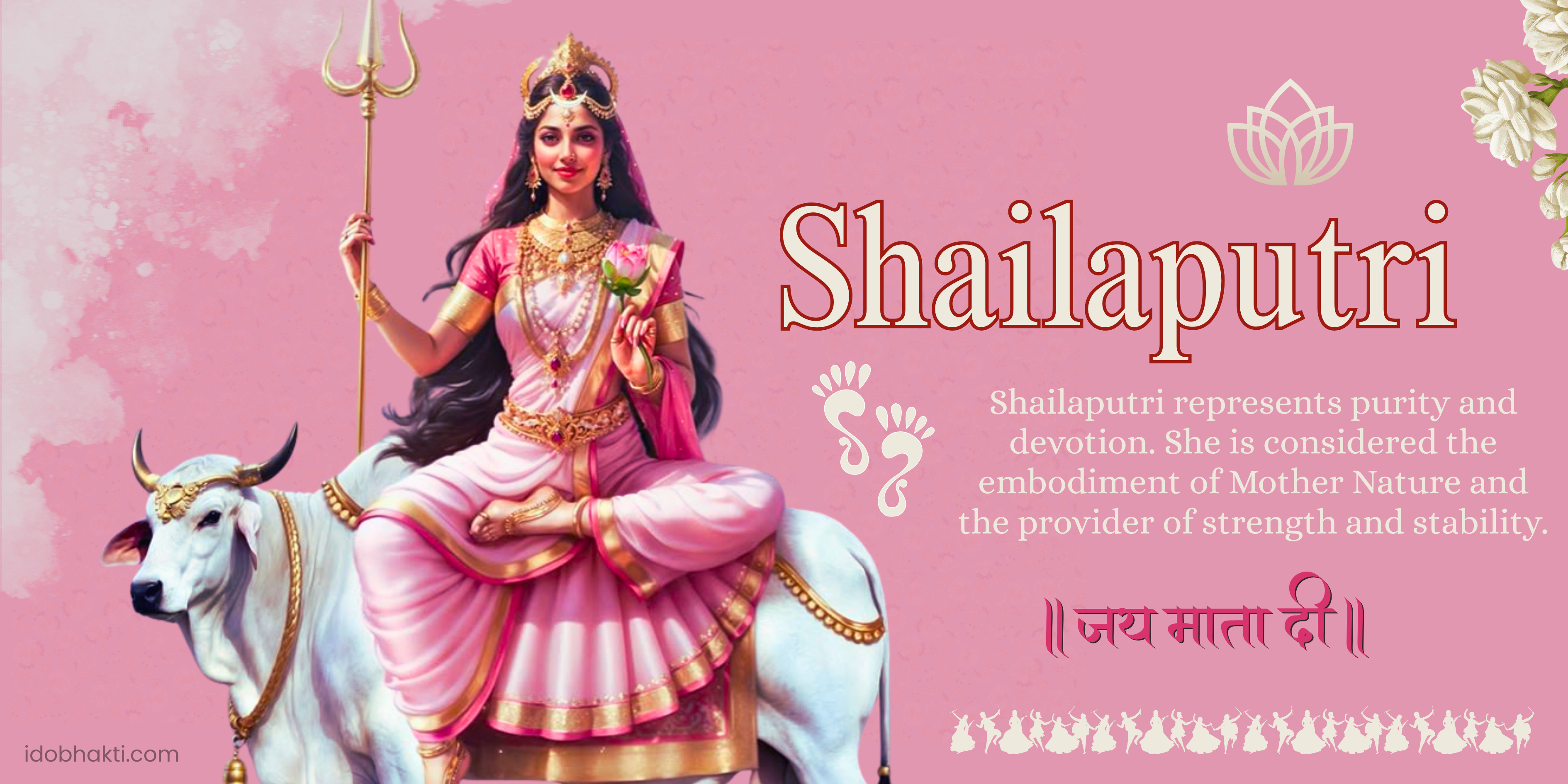
2. Brahmacharini (Goddess of Devotion and Penitence)
-
Day 2 of Navratri
-
Name Meaning: “Brahma” refers to penance or tapasya, and “Charini” means one who practices it. She is the goddess of austerity and devotion.
-
Depiction: She holds a rosary (Japamala) in her right hand and a water pot (Kamandalu) in her left.
-
Significance: Brahmacharini symbolizes perseverance, wisdom, and self-control. Worshippers are blessed with peace, spiritual strength, and liberation from obstacles.
-
Color of the Day: Green – symbolizing harmony, balance, and prosperity.
-
Mantra: “Om Devi Brahmacharinyai Namah”
3. Chandraghanta (Goddess of Peace and Courage)
-
Day 3 of Navratri
-
Name Meaning: She is named after the crescent moon (Chandra) adorning her forehead in the shape of a bell (Ghanta).
-
Depiction: She rides a tiger, has ten hands, and holds weapons and a lotus. Her bell-shaped moon is believed to ward off evil spirits.
-
Significance: Chandraghanta blesses her devotees with courage, tranquility, and the strength to overcome fear. She represents bravery and protection.
-
Color of the Day: Grey – symbolizing calmness, balance, and transformation.
-
Mantra: “Om Devi Chandraghantayai Namah”
4. Kushmanda (The Cosmic Creator)
-
Day 4 of Navratri
-
Name Meaning: “Ku” means little, “Ushma” means energy, and “Anda” means cosmic egg. Goddess Kushmanda is believed to have created the universe with her divine smile.
-
Depiction: She has eight hands, holds different weapons, rosary, and a jar of nectar, riding a lion.
-
Significance: She is the source of cosmic energy, light, and vitality. Worshipping her brings health, strength, and wealth.
-
Color of the Day: Orange – symbolizing energy, warmth, and creativity.
-
Mantra: “Om Devi Kushmandayai Namah”
5. Skandamata (Mother of Skanda/Kartikeya)
-
Day 5 of Navratri
-
Name Meaning: She is the mother of Lord Skanda (also known as Kartikeya), the commander-in-chief of the celestial armies.
-
Depiction: She is seated on a lotus, holding her son Skanda on her lap. She has four arms – two hold lotuses, one carries Skanda, and one grants blessings.
-
Significance: Skandamata represents motherly love, compassion, and protection. She blesses her devotees with wisdom, power, and prosperity.
-
Color of the Day: White – symbolizing purity, peace, and divine energy.
-
Mantra: “Om Devi Skandamatayai Namah”
6. Katyayani (Warrior Goddess)
-
Day 6 of Navratri
-
Name Meaning: She was born to Sage Katyayan after his penance and is therefore called Katyayani. She is also one of the fiercest forms of Durga.
-
Depiction: Riding a lion, she has four hands holding a sword and lotus, while the other two grant blessings.
-
Significance: Katyayani is the destroyer of evil and symbolizes courage, righteousness, and victory. Worshipping her removes obstacles, especially in marriage and relationships.
-
Color of the Day: Red – symbolizing love, passion, and power.
-
Mantra: “Om Devi Katyayanyai Namah”
7. Kalaratri (The Fierce Protector)
-
Day 7 of Navratri
-
Name Meaning: “Kala” means time and death, while “Ratri” means night. She is the fiercest form of Maa Durga who destroys evil and darkness.
-
Depiction: With a dark complexion, disheveled hair, and riding a donkey, she has four hands – two holding a sword and iron hook, while the other two offer blessings and protection.
-
Significance: Kalaratri symbolizes power, protection, and the destruction of ignorance. Though fierce in form, she blesses her devotees with courage and protection from negativity.
-
Color of the Day: Blue – symbolizing strength, divine energy, and power.
-
Mantra: “Om Devi Kalaratryai Namah”
8. Mahagauri (The Goddess of Purity and Serenity)
-
Day 8 of Navratri (Ashtami)
-
Name Meaning: “Maha” means great, and “Gauri” means white or pure. She is known for her fair complexion and serenity.
-
Depiction: She rides a bull, wears white clothes, and holds a trident and damru.
-
Significance: Mahagauri is the symbol of purity, peace, and forgiveness. Worshipping her brings relief from all sufferings, purification of the soul, and fulfillment of desires.
-
Color of the Day: Pink – symbolizing compassion, affection, and harmony.
-
Mantra: “Om Devi Mahagauryai Namah”
9. Siddhidatri (The Bestower of Supernatural Powers)
-
Day 9 of Navratri (Navami)
-
Name Meaning: “Siddhi” means spiritual power or perfection, and “Datri” means giver. She grants all types of Siddhis to her devotees.
-
Depiction: She sits on a lotus or a lion, holding a mace, discus, lotus, and conch in her four hands.
-
Significance: Siddhidatri is the ultimate form of Goddess Durga who blesses her devotees with wisdom, success, and spiritual powers. She represents the final stage of devotion and liberation.
-
Color of the Day: Purple – symbolizing ambition, devotion, and spiritual enlightenment.
-
Mantra: “Om Devi Siddhidatryai Namah”
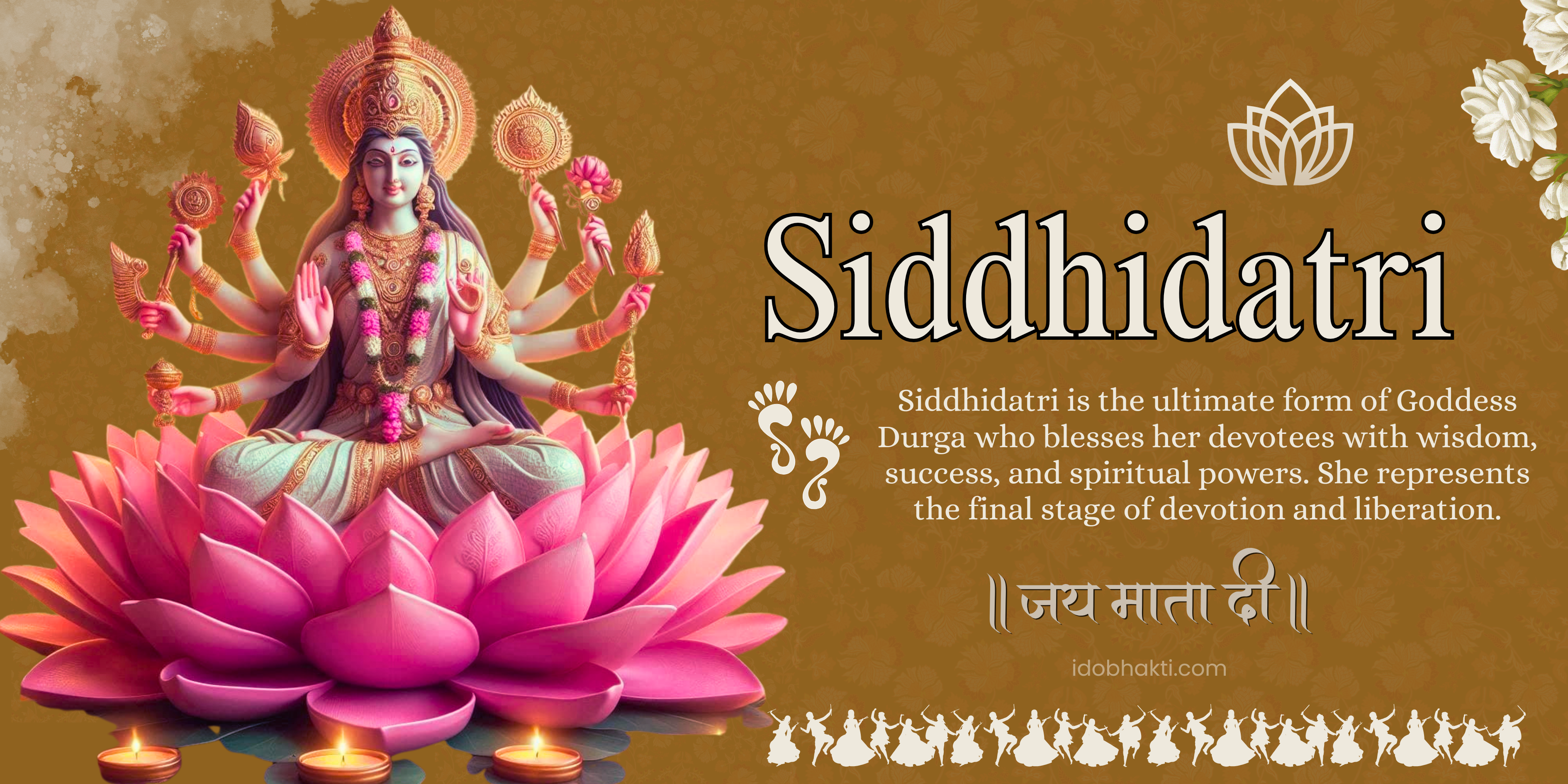
The Spiritual Significance of Navratri
Navratri is not only about rituals and fasting; it represents a spiritual journey:
-
Self-Purification – Beginning with Shailaputri, devotees are guided to remove negativity.
-
Discipline and Devotion – Brahmacharini teaches self-control and tapasya.
-
Inner Strength – Chandraghanta grants courage to overcome fears.
-
Awakening of Energy – Kushmanda fills life with vitality.
-
Compassion and Wisdom – Skandamata symbolizes divine motherhood.
-
Victory over Evil – Katyayani empowers devotees to fight against injustice.
-
Destruction of Ignorance – Kalaratri removes darkness and fear.
-
Purity of Soul – Mahagauri purifies and grants peace.
-
Union with the Divine – Siddhidatri blesses with ultimate liberation and enlightenment.
Conclusion
Navratri is a sacred festival that celebrates the divine feminine power in her nine glorious forms. Each form of Maa Durga teaches us an important spiritual lesson and guides us towards righteousness, strength, wisdom, and liberation. By worshipping the nine forms of Navadurga, devotees not only seek blessings for prosperity and protection but also embark on a deeper journey of self-realization.
As we celebrate these nine divine nights, let us remember that the true essence of Navratri lies not just in rituals, but in embodying the values of devotion, courage, purity, compassion, and wisdom that Maa Durga represents.
Frequently Asked Questions

Chant. Meditate. Repeat: A Daily Guide to Krishna Consciousness
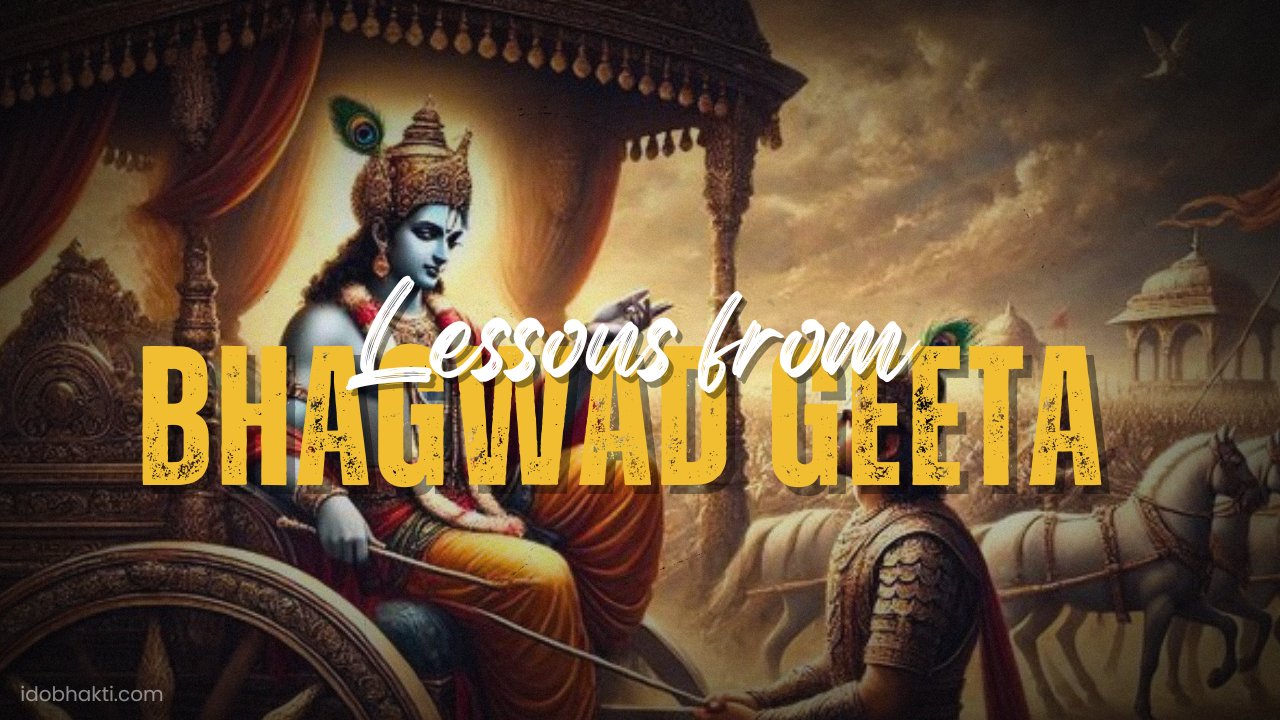
Lessons from the Bhagavad Gita That Will Change Your Life

How to Celebrate Ekadashi: A Beginner’s Devotee Guide
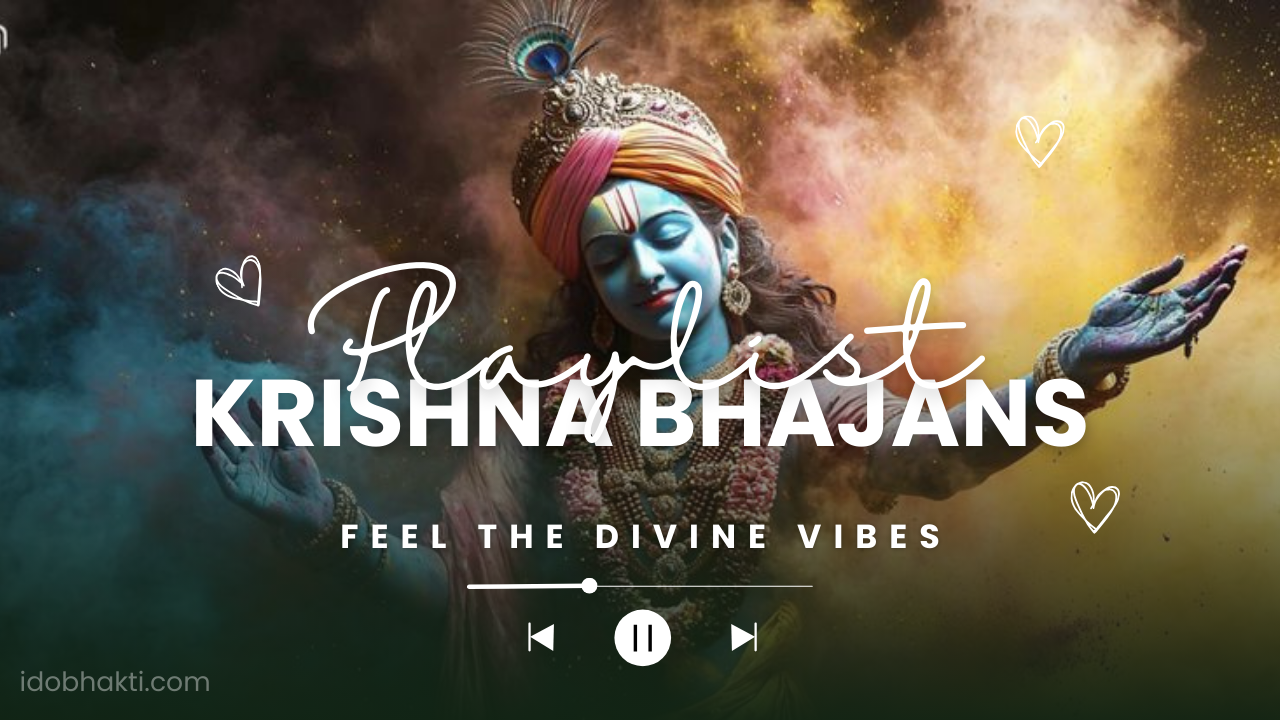
Top 10 Krishna Bhajans for Every Festival Playlist

